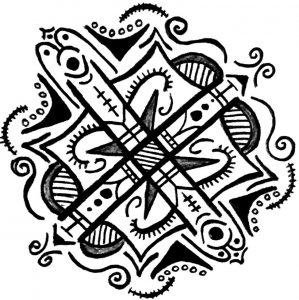We have a given program which includes:
- Scientific dissemination
- Scientific research areas
- Rehabilitation & healing areas for the biosphere
- Environmental studies library & archive
- Mass activity ground (indoor, outdoor)
- Convention (auditorium, multipurpose)
- Sports activities
- Exhibition
- Education facilities
- Administrative units
- Municipality add-on
- Leasable areas (shops, offices)
- Accommodation
- Support services (security)
We have assigned to interpret and design the program in manner of scapes, human, non-human users, activities, duration, contextual inputs to relate the components in 3D. We should consider the problematic issues in the context, what things will be assembled and how assemblage will be operated.
I defined the two main existing problems in the site as:
- Rupture between earth and water (scapes) caused by infilled area on the wetland
- Rupture between city and the coast (human, non-human) caused by wrong occupancy and functioning without considering the context of the area and zoning.
Than I have started to question how I can re-assemble these ruptures. I have focused on the terms of ‘landuse membrane’ and ‘threshold of possibilities’ to reconsider the potentials of the context. I have proposed the ‘stitch’ operation to achieve these terms. It helped me to minimize the touch with the ground and create loop between program components for threshold of possibilities at intersection points.
For the next step I have started to think about the most problematic part at the site which requires to be healed. Than I realised that walls and buildings that located at the coastline are the main reasons for these ruptures. To solve this problem, I have proposed ‘liquify the coastline’ operation which also serves for the ‘landuse membrane’ concept.
Than, I have focused on the spatial representation of these stitch and liquify operations and how it can work with the program and users.





